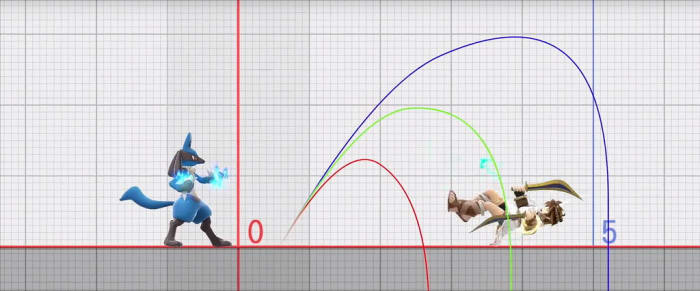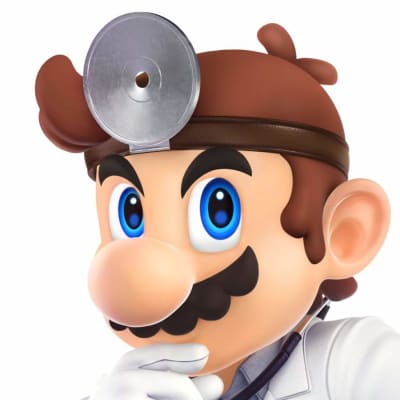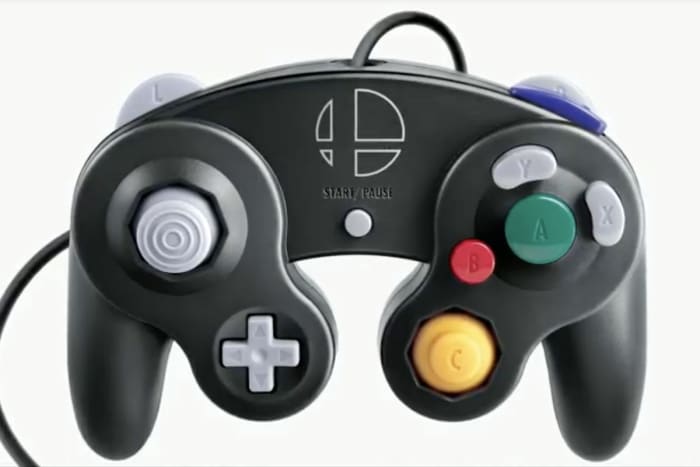Since Smash Ultimate’s release in December, thousands of new players have joined the Smash competitive scene. With dozens of balanced characters, improved gameplay mechanics, and hundreds of tournaments popping up, there never has been a better time to try getting into competitive Smash. For players that wish to join the scene, it’s understandable to be a little intimidated by the concept of playing Smash competitively for glory and money. If you’re interested in diving in, here are a few tips to get you started.
Pick one or two characters and stick with them
 With over 74 playable characters, it’s difficult to narrow down a favorite in Smash Ultimate. Play around online or with your friends and try out plenty of different characters in order to find your main. It’s common for newer competitive players to list off 10 or so characters as their favorites, which is fine, but if you’re preparing for a tournament you should try and narrow it down to two characters at most. This allows you to focus on getting better with these characters instead of splitting your efforts fruitlessly between many.
With over 74 playable characters, it’s difficult to narrow down a favorite in Smash Ultimate. Play around online or with your friends and try out plenty of different characters in order to find your main. It’s common for newer competitive players to list off 10 or so characters as their favorites, which is fine, but if you’re preparing for a tournament you should try and narrow it down to two characters at most. This allows you to focus on getting better with these characters instead of splitting your efforts fruitlessly between many.
It should be noted that the characters in Smash Ultimate are balanced very well, so you can take any character you want to a local tournament (tier lists don’t really matter much at a lower level of competition, they only start really mattering once you go to larger national tournaments).
If you choose two characters instead of one, try to pick characters that cover each other’s weaknesses. For example, I mostly play as Incineroar, a slow, heavy hitter who does fine against most of the cast but struggles against hit-and-run characters like Sonic. For those situations, I have a practiced Mewtwo ready to go who can hunt down the quicker characters.
Don’t be afraid to drop a character and pick a new one if you think they aren’t working out for you, it’s very common.
Know how to practice

Knowing how to practice properly is just as important as practicing itself. The first rule you should be aware of is do not practice against the CPU. We cannot emphasize this enough. Playing exclusively against the CPU will ingrain bad habits into you and leave you unable to practice the human elements of Smash, like mind games and making predictions based on patterns.
Second, go into training mode with your character(s) of choice. Practice combos and kill setups, and take note of which percentages your opponents get KO’d at. Practice various combos to see when they kill light, medium, and heavy characters. This could save you in tournament because you’ll know “Oh, my opponent is playing Pichu and I know my up throw will kill at 100% and I should go for that.”
Third, try and practice with people in person or in online battle arenas. We already talked about CPU’s, but practicing online against random people can be a frustrating and unhelpful experience. Not only do you have to worry about lag, but people often use weird rulesets that force you to play the game in an unusual way. Elite Smash and GSP are not good representations of how skilled you are, and focusing on them will only frustrate you.
If you don’t have anyone to practice with in person, join online Smash communities on Reddit, Smashboards, and Discord and exchange friend codes. One of the best ways to find other players is through Facebook. Nearly every major U.S. city has a Smash Facebook group, so join the one relevant to your area to keep up with tournaments and find others to practice with. Practicing in private online battle arenas let you face a wide variety of people without all of the nonsense that comes with public matchmaking.
Treat your first tournament as a learning experience

It’s perfectly ok for you to be nervous heading into your first tournament. Be prepared to encounter players who are much better than you. Instead of being discouraged by losses, make sure to treat every match as a learning experience. Tournaments add a whole new set of variables to Smash that can’t be replicated at home on the couch. Nerves, mental exhaustion, and other factors happen to every player, even experienced ones. Learning how to deal with these factors is one of the biggest hurdles for new players, and they can only be overcome by continuing to go to tournaments.
The vast majority of players I’ve met at tournaments have been very kind and supportive people. They will act respectfully and give you gameplay tips if you ask them. Players who are rude, excessive, or otherwise unpleasant to be around are not tolerated in the community, so don’t worry about some clown insulting you. Be sure to network with people because you’re all Smash fans. It’s likely that you’ll make new friends, practice buddies, or maybe even doubles partners.
What to bring for your first tournament

You should bring a small bag or knapsack to your tournament. Some useful items you could bring include:
- Your controller of choice. Tournaments do not supply controllers, so it is essential that you bring your own.
- A water bottle/jug. Venues can get crowded and hot, and staying hydrated will keep you at the top of your game.
- A portable phone charger. Tournaments can often run for hours and hours so it’s important to keep your phone charged.
- If you feel like it, bring your Nintendo Switch to get some practice in if the TVs are occupied. You can also use it to quickly exchange friend codes with other players.
Do you find this advice helpful? Is there anything else you’d like to know about getting ready for a Smash Ultimate tournament? Let us know!


